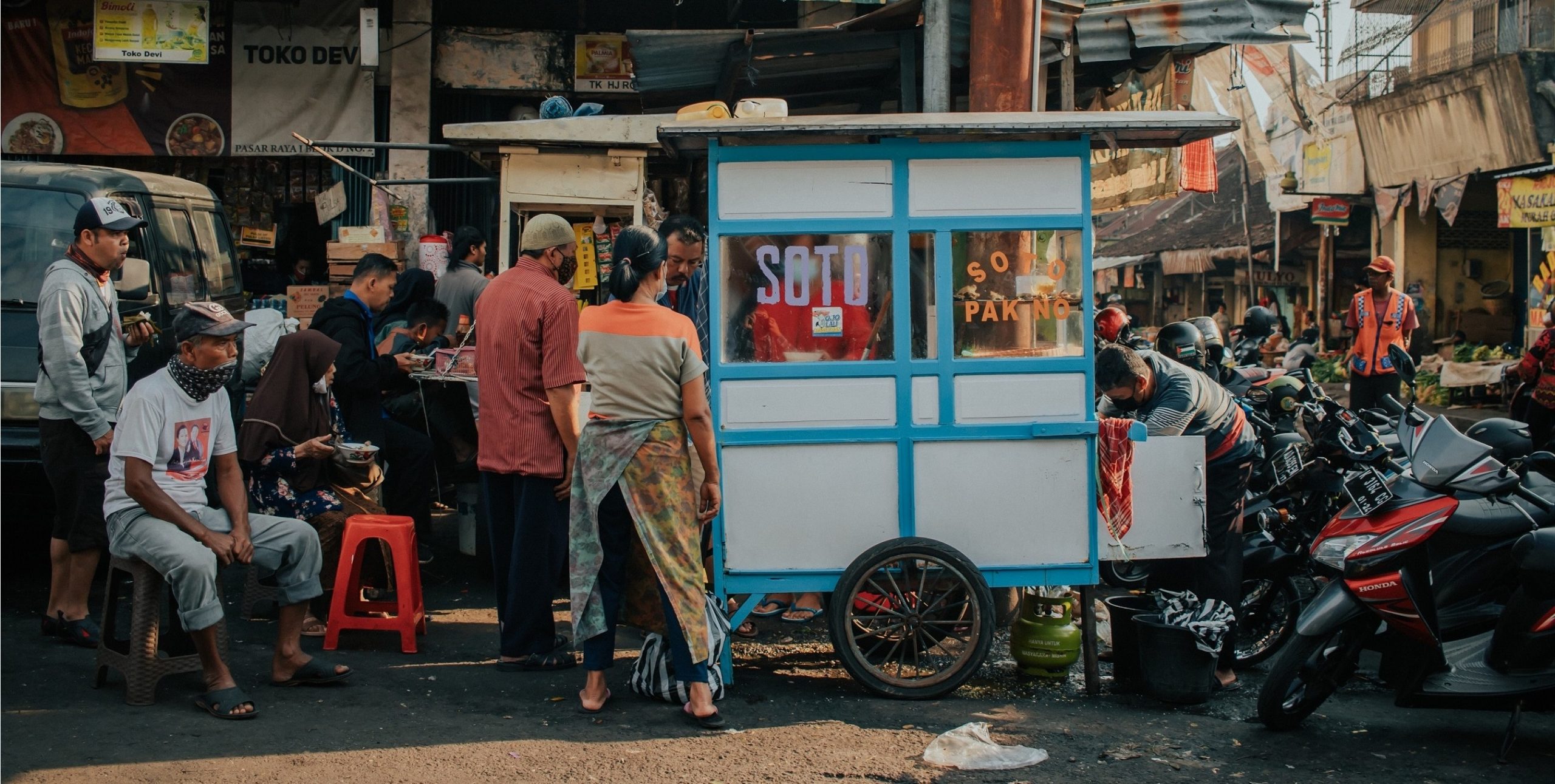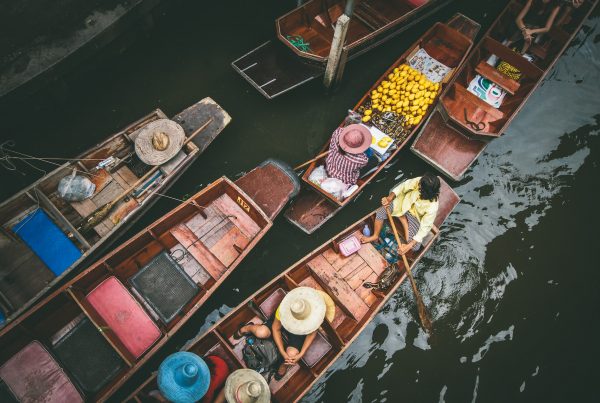Newsletter 140 – 09.20.2022
Country characteristics
Southeast Asia is a region of great cultural, religious and historical diversity. Each country has its own form of government, ethnic groups, language, writing system, religion, and political-economic situation. All countries are densely populated. The total population of Southeast Asia amounts to 670 million people; doubling the population of the USA and being 1.5 times the population of Europe.
Indonesia is the country with the largest population within this region. With 276 million people and a population density of 142/km2, it is the fourth most populous country in the world, behind China, India and the USA. Likewise, it is one of the main economies in the world (number 17 according to GDP).
This is the largest archipelago in the world, with more than 17,000 islands, of which about 6,000 are inhabited. The 5 main islands, in terms of area and population, are Java, Sumatra, Kalimantan, New Guinea and Celebes-Sulawesi, which together are home to almost 90% of the population.
The capital and economic and financial center, Jakarta, has 9.5 million inhabitants, but if the metropolitan area (Greater Jakarta) is considered, the figure rises to about 30 million people. Other major cities are Surabaya, Medan and Bali.
It should be noted that 87% of the Indonesian population is Muslim, which makes this country the largest Muslim population in the world (about 232 million people). However, they coexist with other religions, such as Hinduism, Buddhism and Christianity. It should be noted that the Islam practiced in Indonesia is much less conservative than in other countries.
The predominant ethnic group is Javanese. However, the Chinese ethnic minority is highly influential as it controls much of the country's commercial wealth despite being only 1% of the population.
Indonesia's productive matrix is based on manufacturing, especially textiles, footwear and electronics. Regarding agriculture, it stands out in the production of fruits such as bananas, pineapples, coconuts, tropical fruits such as mangosteen or dragon fruit, palm oil and cocoa. It also produces wood pulp and other maritime products such as shrimp. The Indonesian government wants to encourage the country to become an agri-food power, which is why it constantly invests in diversifying the productive matrix and opening up more and more to international trade. It should be noted that GDP growth has remained close to 5% in the last decade, with a drop in 2020 due to the pandemic that affected, above all, the tourism sector.
The preponderance of the Muslim population determines that Indonesia is the largest Halal market in the world. The set of Halal practices has historically been associated with the consumption of, above all, meat products. However, it encompasses all kinds of food practices and, increasingly, other issues such as clothing, cosmetics and tourism. Products such as fresh fruit, for the time being, are not affected by this type of certification. However, the trend is towards increasingly demanding that more products obtain this type of certificate, and it must be taken into account by supplier countries.
The middle class and the emerging middle class represent 60% of the total population and are the country's greatest engine of consumption. Almost 29% of the population is, according to the World Bank, in the poor or vulnerable class, whose food base is rice. Mobility between classes, mainly between the middle class and the emerging class, is very high, since it is highly subject to economic fluctuations. The upper class, on the other hand, is largely made up of the Chinese-Indonesian population.
Fruit consumption and opportunities
Given this panorama, what is interesting is to highlight the consumption habits of the average Indonesian. The diet is heavily supported by fruits and vegetables. According to data from the Indonesian Ministry of Health, in 2019 the average citizen spent 49% of their money on food. Another factor to note is that half of a typical dish is made up of fruits and vegetables, accompanied by products such as rice and sources of protein such as chicken.
Fresh fruit, on time, is very much incorporated into people's daily lives. As a typical example, during the month of Ramadan, families often break their fast at night with Sop Buah, a very popular fruit soup, which may contain avocado, mango, watermelon, grapes, melon and other local fruits accompanied by syrup or condensed milk and ice.
The Chinese population also influences consumption. Indonesia has become the world's leading importer of pears in 2020, surpassing Russia, and the bulk of this product is imported from China. The celebration of the Chinese New Year is very important in the country, and the gift of high quality fruits (apples, pears, oranges and even cherries) is a very common tradition on the festive dates.
There are different marketing channels for the fruit. There are specialized stores selling fruit, focused on the most humble segments of the population, and located in residential neighborhoods. In neighborhood greengrocers, imported fruits are usually found along with local ones, prioritizing quantity and price over quality. The presence of mobile carts (street food) is also very common. Many of these shops not only offer fresh fruit but also preparations such as juices and desserts such as Rujak Buak, a spicy fruit salad.
The modern channel par excellence is made up of premium supermarket chains, focused on upper-middle class consumers. These sites offer a wide range of high-quality imported fruit. Much of the fruit stands out for its sophisticated packaging and impeccable presentation.
The hotel and restaurant sector also presents an attractive market. Indonesia has the 20th global tourism industry and the 9th in annual growth, receiving some 16 million visitors a year. Along with the island of Bali (one of the main tourist destinations in the world), many other islands are established as tourist and gastronomic poles, with a high presence of international hotel chains, with even 7-star hotels. This sector demands high-quality fresh fruit.
But the star of the marketing channels is the e-commerce, an increasingly growing trend. This modality has grown so much in the region that it is practically normalized in the population of Southeast Asia. Almost 60% of the population in Indonesia has access to the internet and the phenomenon cuts across all social classes. Many importers use these channels as their first option to promote their products. One of the paradigmatic cases in the country has been the Gojek application, which as a platform offers more than 20 types of services and connects users with more than 2 million carriers throughout the country. This application played a key role during the 2020 quarantine, supplying the most vulnerable population, through an alliance with the Ministry of Agriculture, with food packages. Today the company is expanding to nearby countries like Singapore, Vietnam or Thailand.
International Trade
As a market, Indonesia presents great opportunities for fresh fruit, but it is also a very protectionist market. The granting of commercial licenses and volume quotas for imports is somewhat extensive and not very transparent. However, countries in the southern cone, such as Chile, have made strong progress in their negotiations and today their market is open for table grapes, apples, blueberries, pears, cherries and kiwis with a 0% tariff.
Other relevant products are citrus fruits, which are mainly imported from Australia, China and Pakistan and South Africa, among others. Australia, Chile, Peru and the US supply table grapes, and it should be noted that this market, unlike others, does not focus on Red Globe but on seedless grapes. China and New Zealand, on the other hand, are the main suppliers of apples. China also dominates the supply of pears.
There are products with the potential to grow in the market, such as cherries, whose main supplier at the moment is Australia. It is not yet a widely consumed fruit, but prices are attractive and it is gaining acceptance in the market. Something similar happens with blueberries and other berries.







